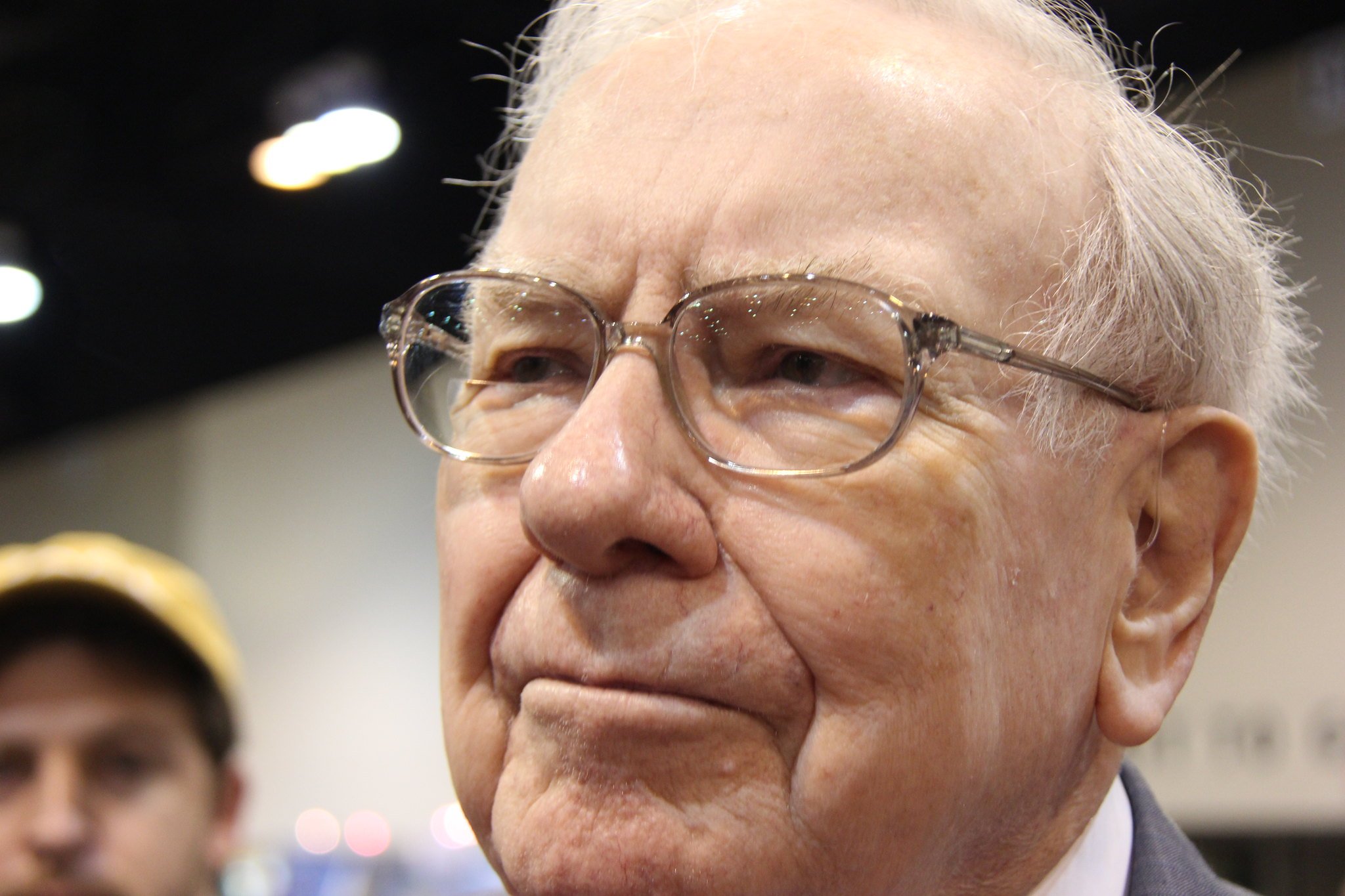After a long, hard-fought battle, Chevron (CVX 0.01%) finally closed its roughly $60 billion acquisition of Hess this July, and that megadeal has quickly paid dividends. It helped fuel a significant increase in Chevron's production and free cash flow (FCF) during the third quarter.
Here's a look at Chevron's recent quarterly results and what's ahead for the oil company.

Image source: Getty Images.
Drilling down into Chevron's third-quarter results
Chevron produced $3.6 billion of adjusted earnings during the third quarter and $9.4 billion in cash from operations. The oil giant also produced $7 billion of adjusted free cash flow. Its earnings were down compared to the year-ago period ($4.5 billion) due to lower oil prices as the average Brent crude price declined from $80 to $69 a barrel, but its FCF soared 50%.
The company produced a record-breaking 4.1 million barrels of oil equivalent (BOE) per day during the period. That was up 21% compared to last year, fueled by the acquisition of Hess, its continued development in the Permian Basin, and recently completed projects in the Gulf of Mexico (the Gulf of America, per President Donald Trump) and Kazakhstan. It delivered an impressive 27% increase in U.S. production, primarily driven by Hess, the Permian, and its Gulf projects.

NYSE: CVX
Key Data Points
Chevron's robust FCF enabled it to return $6 billion to shareholders in the quarter. It made $3.4 billion of dividend payments and completed $2.6 billion of share repurchases. The company has now returned $78 billion to its shareholders over the past three years.
An even bigger free cash flow gusher awaits in 2026
Chevron's investments in growing its legacy operations, combined with the recently completed Hess deal, give it considerable momentum as it heads into 2026. Given the timing and ramp-up of its projects in Kazakhstan, the Gulf, and the Permian Basin, these catalysts will deliver a meaningful step up in FCF next year. At $70 oil, the company's legacy business would produce an incremental $10 billion in annualized FCF next year.
Meanwhile, the Hess deal will add to that total and extend its production and FCF growth outlook into the 2030s. Chevron expects Hess to contribute an additional $2.5 billion in annual FCF next year at a $70 oil price. In addition to the contribution of that company's legacy operations, the merger is expected to generate $1 billion in cost savings by the end of this year. Hess' partner in Guyana, ExxonMobil, also recently completed the fourth project (Yellowtail), which will add to its production and cash flow over the coming year.
Exxon and its partners in Guyana recently approved the $6.8 billion Hammerhead project, which should start producing in 2029. That's the seventh project they have either completed or expect to bring on line over the next few years. These expansion projects will fuel production and FCF growth for Chevron through the early part of the next decade.
Chevron's growing FCF will enable it to continue returning substantial cash to shareholders. It has raised its dividend for 38 straight years, growing its payout at a peer-leading pace over the past decade. The oil giant also expects to repurchase between $10 billion and $20 billion of its shares each year.
Hess was worth the wait
It took Chevron more than a year to close the Hess deal due to a dispute with its new partner, Exxon, over Guyana. It has been worth the wait and the effort to finalize the deal. Hess helped accelerate the company's production growth in the third quarter, contributing to its robust FCF.
The deal should continue paying dividends in 2026 and beyond. That visible growth makes Chevron a very compelling oil stock to buy and hold for the long term.






